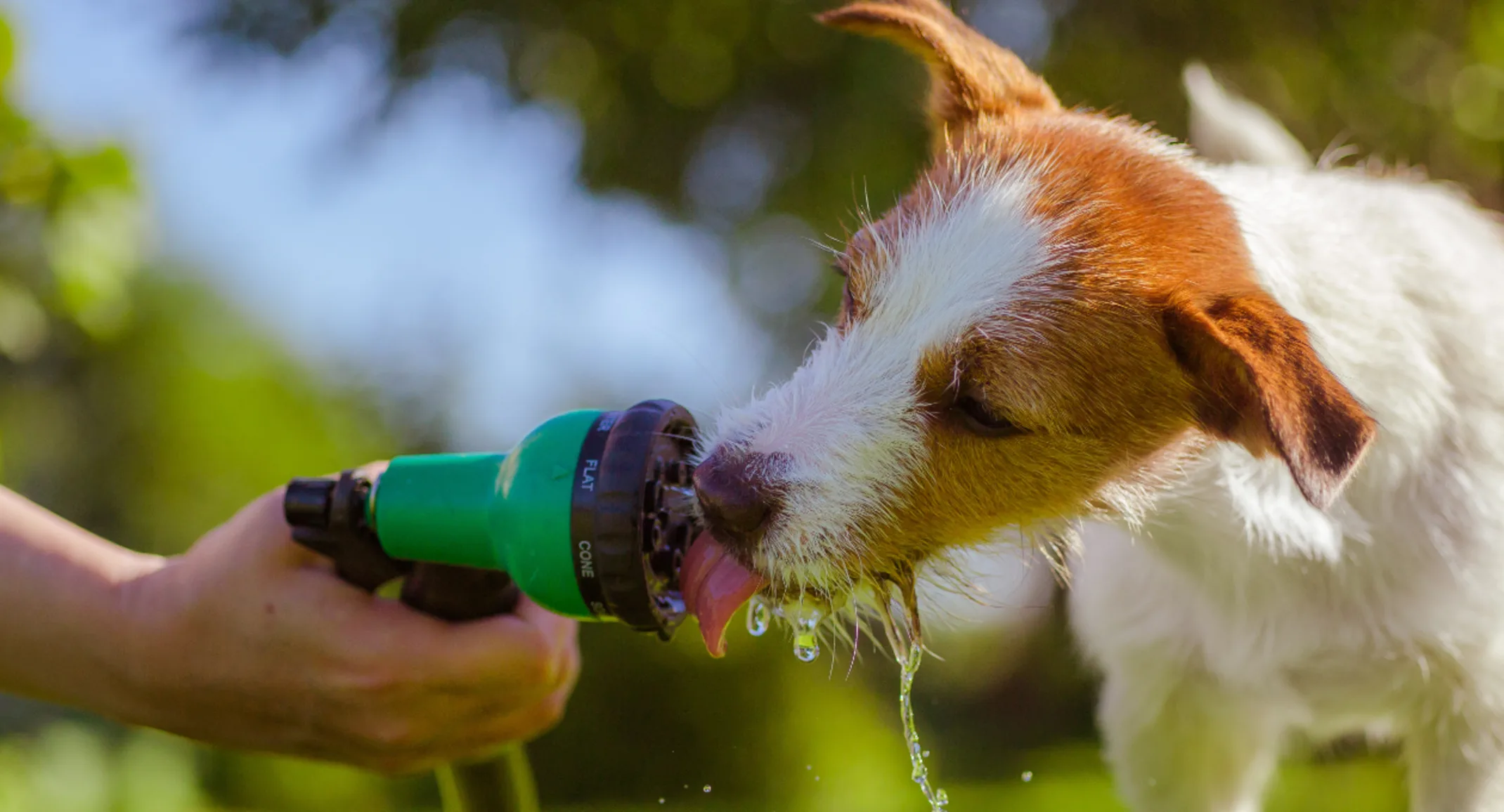Heat Stroke in Dogs: What Every Pet Owner Needs to Know
July 17, 2025 · For Pet Owners

As temperatures rise, so does the risk of heat stroke in dogs. Unlike humans, dogs can’t cool themselves down efficiently—they don’t sweat the way we do and rely mostly on panting. Unfortunately, that’s not always enough, especially during hot, humid weather. Heat stroke is a life-threatening emergency, but with quick action and awareness, it can often be prevented.
What is Heat Stroke?
Heat stroke occurs when a dog’s body temperature rises dangerously above normal. If not treated quickly, it can cause organ failure, brain damage, or even death.
Dogs Most at Risk:
While any dog can develop heat stroke, certain dogs are at higher risk, including:
Brachycephalic breeds (like Bulldogs, Pugs, and Frenchies)
Older dogs
Puppies
Overweight dogs
Dogs with heart or respiratory disease
Active breeds that don’t know when to stop playing
Common Triggers:
Being left in a hot car (even with windows cracked!)
Intense play or exercise during hot weather
Lack of access to shade or fresh water
Hot pavement or ground surfaces
Poor ventilation indoors
Signs of Heat Stroke in Dogs:
Recognizing the signs early can save your dog’s life. Watch for:
Excessive panting or drooling
Bright red gums or tongue
Vomiting or diarrhea
Weakness, collapse, or lethargy
Disorientation or staggering
Seizures
Collapse or loss of consciousness
What to Do in an Emergency:
If you suspect your dog has heat stroke, act immediately:
Move to a cool, shaded area.
Start cooling down the dog by wetting their body with cool (not cold!) water, especially their belly, paws, and armpits.
Use fans or place the dog in an air-conditioned environment if possible.
Offer small sips of water, but don’t force them to drink.
Get to a veterinarian or emergency clinic ASAP. Even if your dog seems better, internal damage may still be occurring.
What NOT to Do:
Don’t use ice or very cold water—it can constrict blood vessels and worsen the condition.
Don’t wait to see if it gets better on its own.
Prevention is Key:
Never leave your dog in a parked car.
Exercise your dog early in the morning or late in the evening.
Always provide access to shade and clean, fresh water.
Use cooling mats or vests if your dog tolerates them.
Know your dog’s limits and monitor for early warning signs.
Final Thoughts:
Heat stroke is serious, but preventable. Being informed and cautious during warm weather can help keep your pup safe and cool all summer long. When in doubt, err on the side of caution—and if something feels off, trust your gut and contact your vet.
Watch out for Part 2: What to Expect in the ER!
